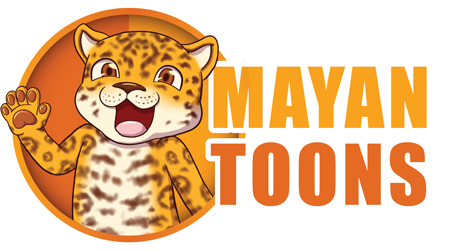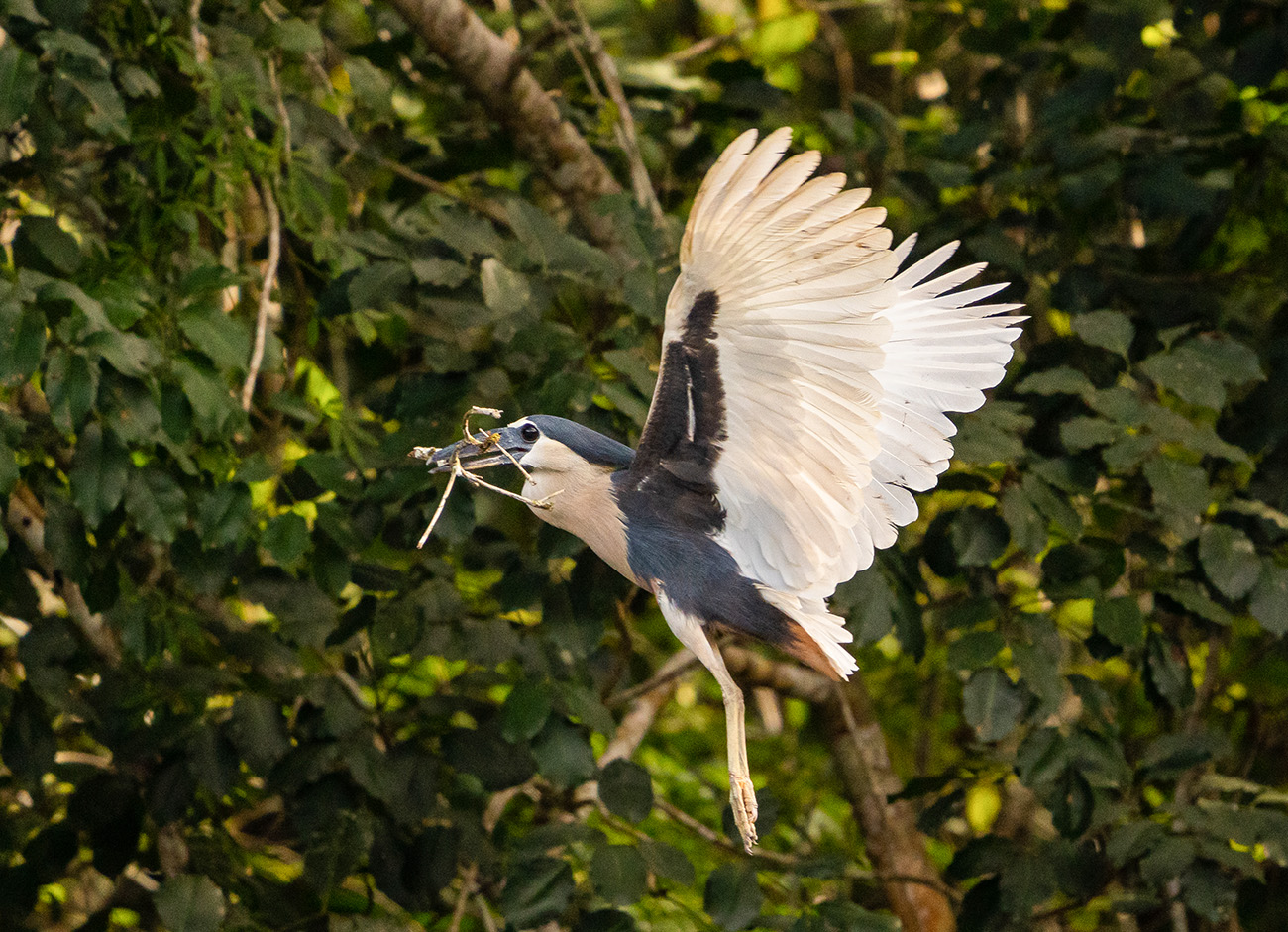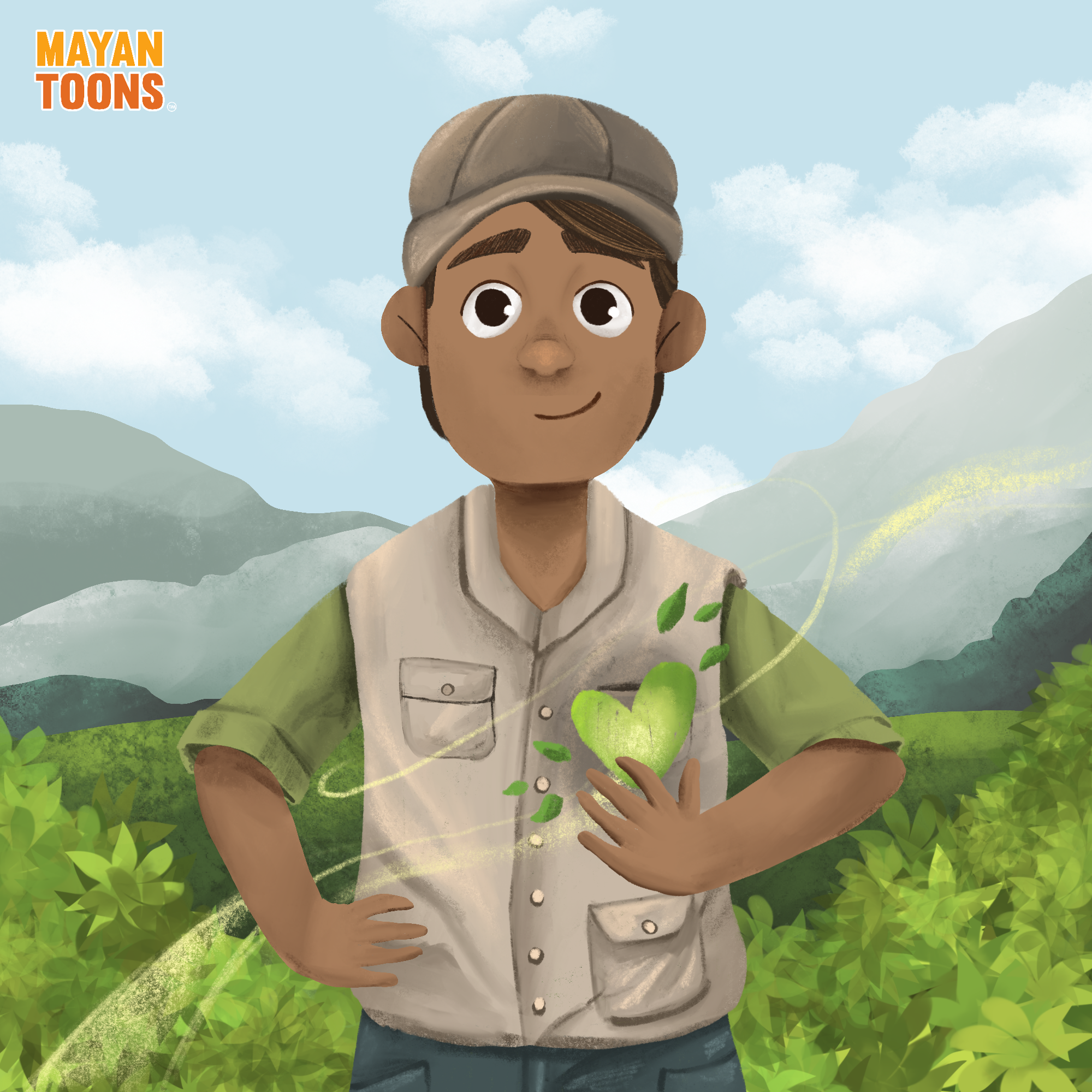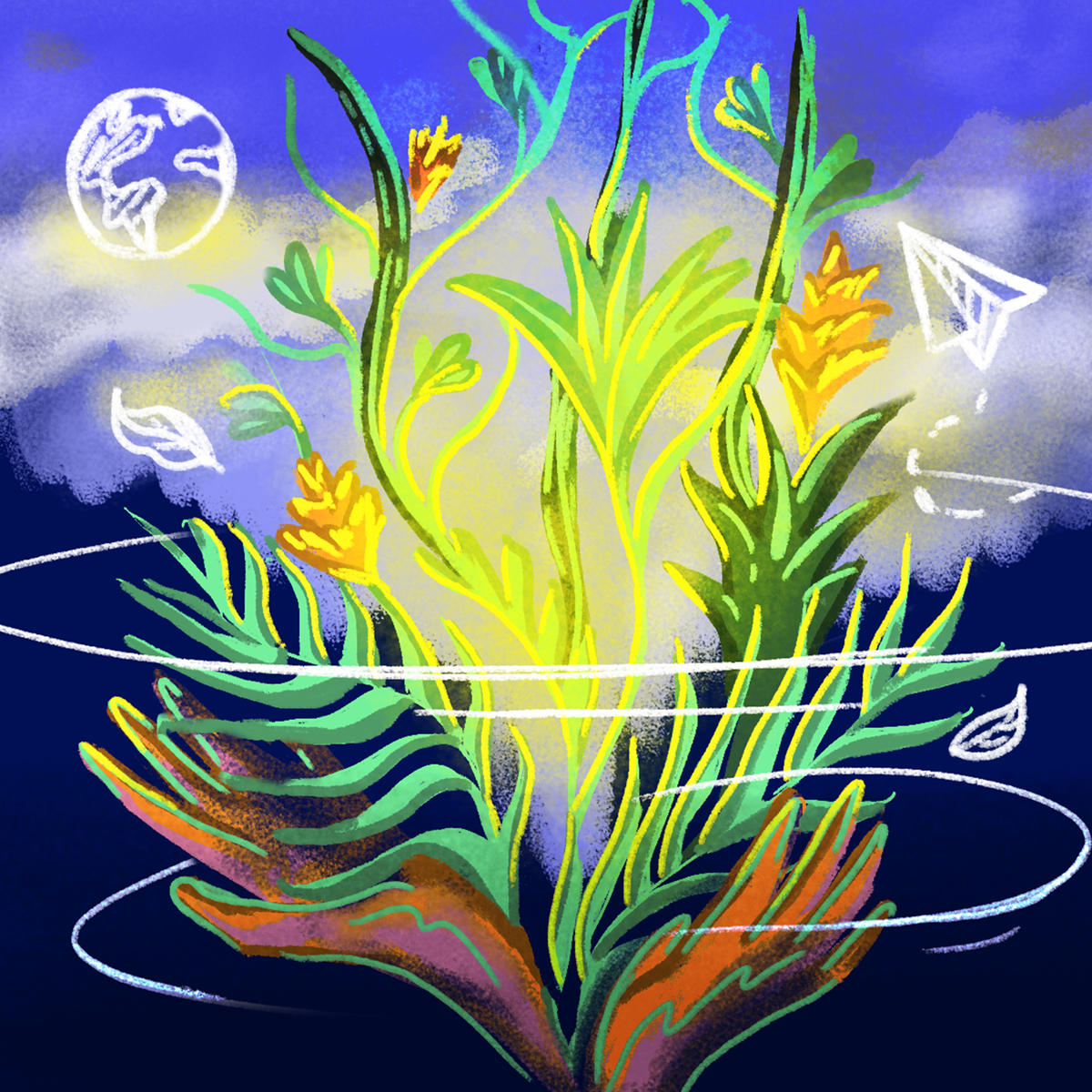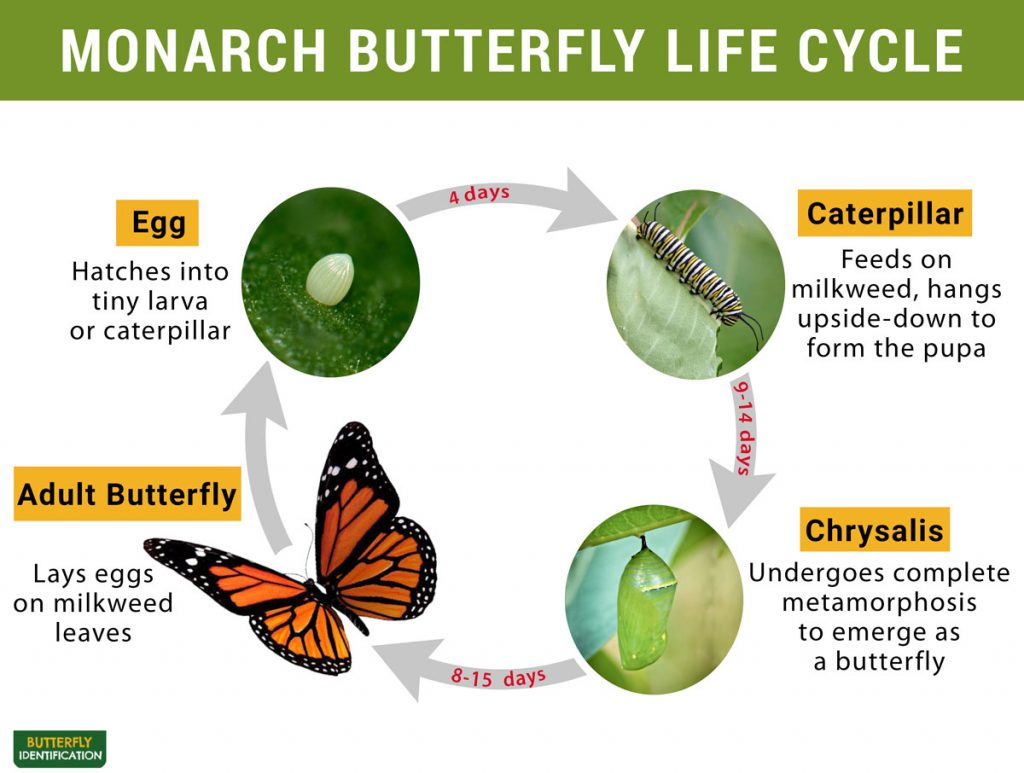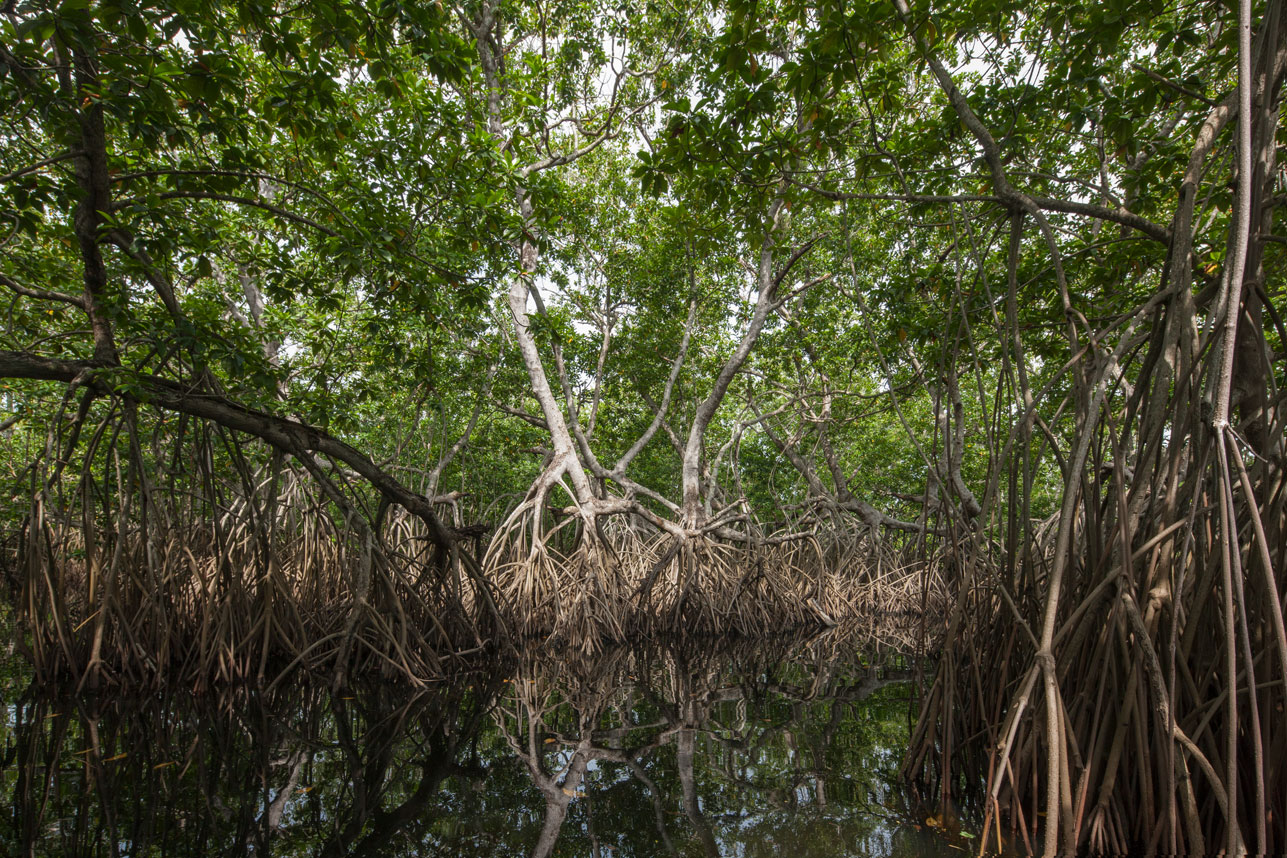
Have you ever wondered how a forest is formed?
It’s thanks to many factors, both biotic and abiotic. Certain climatic conditions, soil quality, water and the role of different species are necessary.
However, one of the most important creators of forests are seed dispersers. Without them, the flora species could not spread and therefore, there would be no vegetation cover. Without plant cover, it simply would not be a forest.
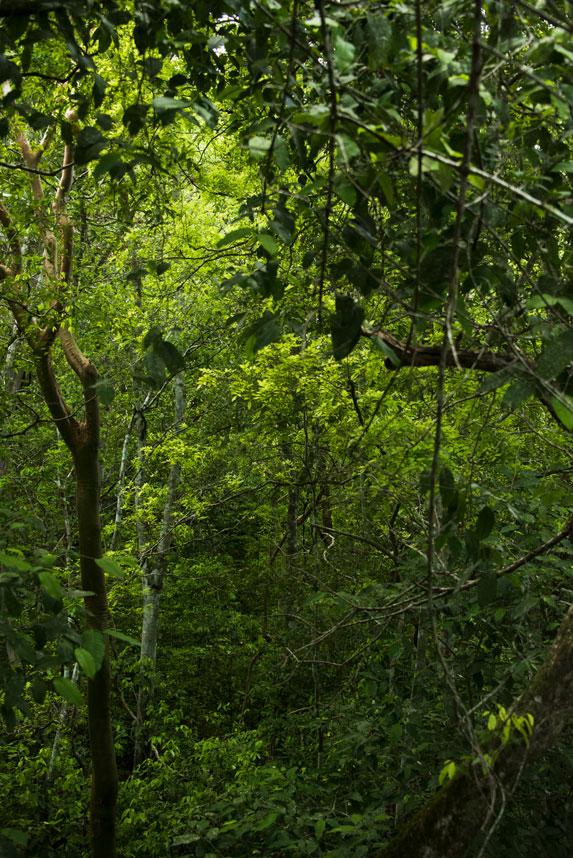
The dispersed part of the plant is called a propagule, since many times not only the seed is transported. The main propagule dispersing agents are:
1. The air (anemocoria): where the lightest seeds have developed a kind of “parachute” to be carried by the wind to the place where they will settle and germinate.
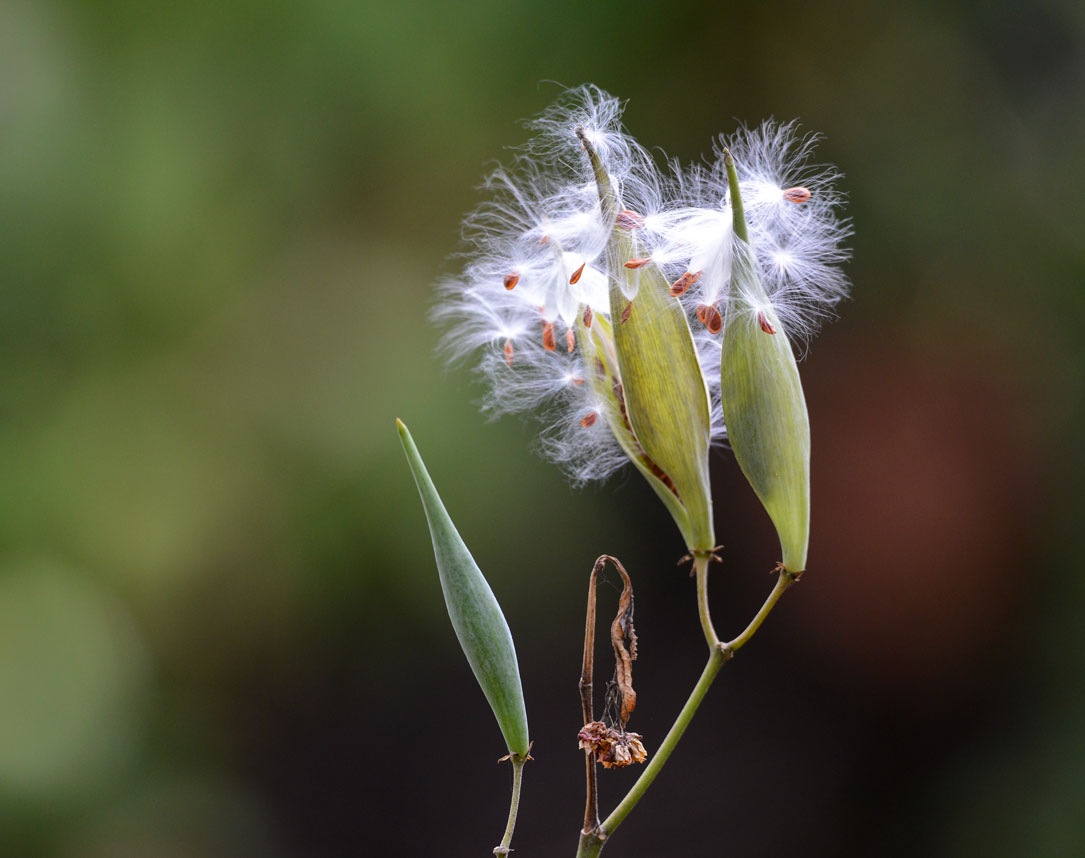
Asclepias curassavica
2. Water (hydrocoria): the seeds are from trees located on the water’s edge, as in gallery and mangrove forests. The seeds are transported by water until they reach the mainland.

Rhizophora mangle
3. Animals (zoocoria): there are different ways to disperse the seeds.
- On his body, as in the fur.
- When ingesting the fruit, where they defecate the seed elsewhere.
- When the animals take the fruit to store it, as in the case of squirrels.
The dispersing birds (ornitocoria) eat the fruits and then defecate them in a different place from their origin. Thanks to this, the seeds are able to germinate, because many cannot do it if the skin and pulp of the fruit that contains them is not removed. In addition, the poop is useful as a fertilizer.
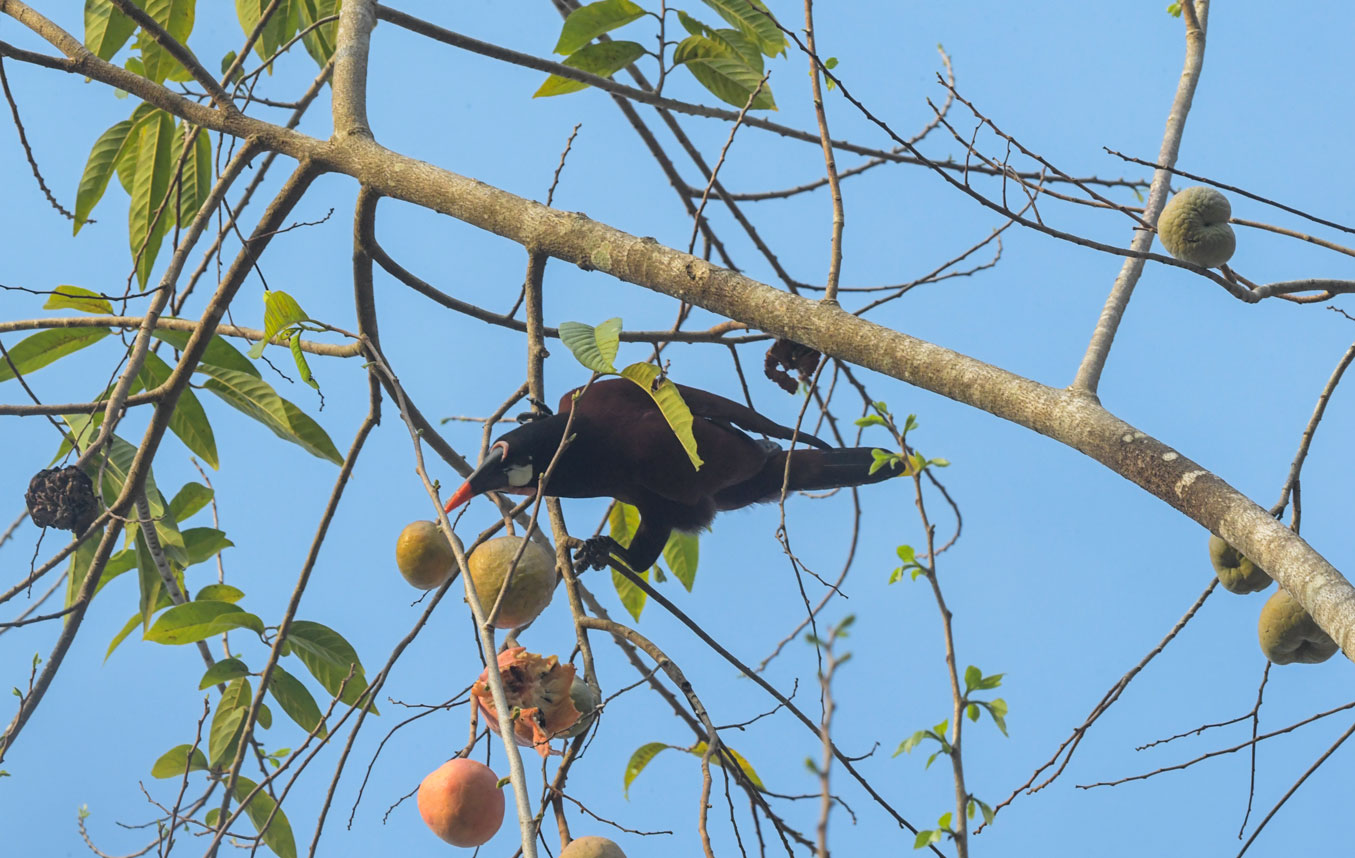
Psarocolius sp.
Frugivorous bats are also dispersers (chiropterocoria), fish (ictiocoria), reptiles (saurocoria) and ants (mirmemocoria).
Bibliography:
- 2013
- Polinización y dispersión. Geobotánica. Universidad de Murcia. 9 pp.
Available online:
https://www.um.es/docencia/geobotanica/ficheros/tema07.pdf
- N.D.
- Dispersión de semillas.
Available online:
http://ensconet.maich.gr/es/Dispersion.htm
Check out our bibliographies on http://www.maya-ethnozoology.org/ to learn more about birds, mammals, reptiles and insects of Guatemala.
Blog prepared by Marcella Sarti.
First posted: July, 2019.
